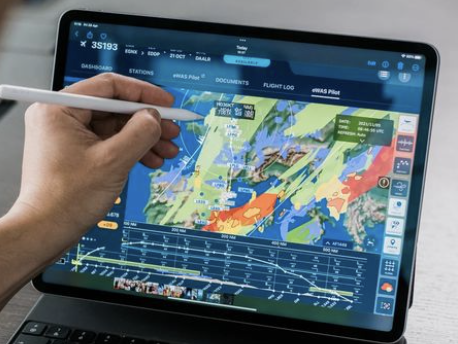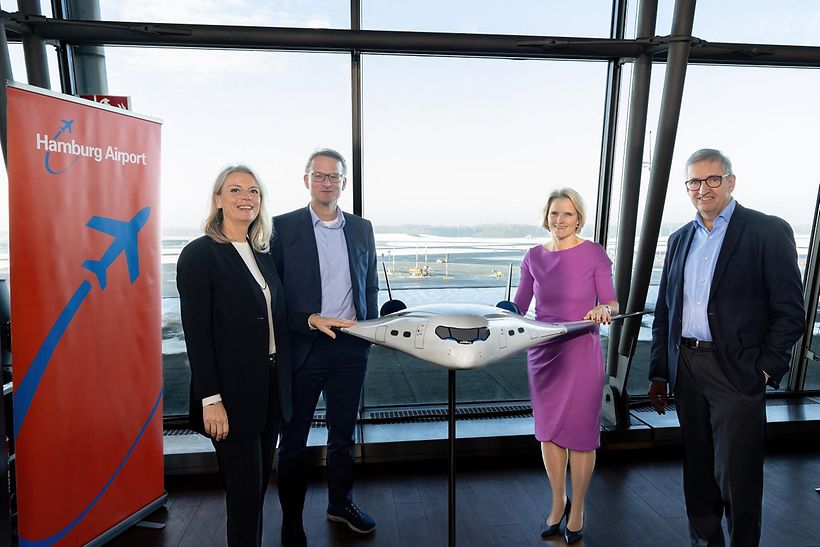Flying is changing.
Airlines are under increasing pressure from the public, customers, and investors to disclose and mitigate their emissions because greenhouse gas emissions are the primary cause of a warming climate, impacting the well-being of people and the planet.
In the dynamic world of aviation, pursuing the industry’s goal of carbon net zero by 2050 will require a multi-faceted approach rooted in internal and external cooperation, supported by emission reduction measures and regulations.

Regulations are a powerful tool for advancing sustainability and ensuring fair competition because they create a level playing field by setting common standards that the aviation industry must adhere to. Environmental standards, greater transparency and accountability in sustainability reporting, incentives, and penalties are some of the ways in which regulation helps drive sustainability improvements.
However, the lack of a unified regulatory framework also leaves airlines grappling with the intricacies of compliance. In particular, the inherent variations in regulations across countries, coupled with challenges in deploying emission reduction strategies immediately, like alternative aviation fuels, do not make the task easy.
Fortunately, new support is emerging to help airlines navigate this complex regulatory landscape to meet their sustainability commitments.
Regulatory Complexities
Consider the case of Airline X, which is flying across different destinations with varying sustainable aviation fuel (SAF) requirements and environmental taxes. When airline X takes off in France, it is required to use 1% of SAF today (rising to 6% in 2030 and 70% in 2050), whereas when departing from Japan, airline X must have 3% of SAF onboard. When departing from Portugal, the same airline must pay $2 per passenger for the carbon tax.
Adding to this complexity of rules are more draft policies afoot across the globe. For instance, in Europe, there are proposals for revisions to carbon regulations for aviation, which may mean airlines will pay more for their emissions under carbon trading. Aviation fuel taxes may be a possibility, too, particularly in the EU. Similar pressures in the US are highlighted by the Securities and Exchange Commission’s (SEC) climate-related proposal, emphasizing the importance of improving data collection and reporting practices.
In addition to these draft proposals, the Corporate Sustainability Reporting Directive (CSRD) is new legislation requiring companies with significant European operations, impacting many airlines in and outside of Europe, to report more robustly on their sustainability performance (environmental and social topics) from 2025 onwards.
As regulations tighten and penalties escalate, airlines will need to adopt a different approach to get to grips with this complexity and maximize emission reduction efforts.
A Holistic Solution
That’s why SITA is trialing an advanced sustainability management platform for airlines, positioned as a strategic decision-making tool. It combines regulatory data like SAF mandates and offsetting requirements, airline specifics like actual flight and fuel consumption data and aircraft type, SAF book & claim systems operated by third parties, SAF prices, and SAF availability from third parties.
The holistic decision-making tool leverages this information using advanced data modeling and visualization to generate dashboards detailing the impact of regulations on operations and emissions data. It is a decisive resource, enabling airlines to stay compliant, ensuring more accurate reporting of actual emissions, and empowering them to identify emission optimization opportunities.
The long-term plans for the platform will expand to incorporate SITA’s broader flight operations expertise to maximize collaboration and optimization opportunities for airlines. This includes linking the platform to passenger, flight data, and other operational systems, creating a comprehensive solution for the industry.
Charting a New Course
The aviation industry is at a crossroads. The demand for change from governments, passengers, and stakeholders is clear. By leveraging data, technology, and collaboration, airlines can fulfil their environmental responsibilities and unlock opportunities for greater efficiency, cost reduction, and compliance. The time for a sustainable flight path has arrived, steering the aviation industry towards a more responsible future.
This article was originally published by SITA.















